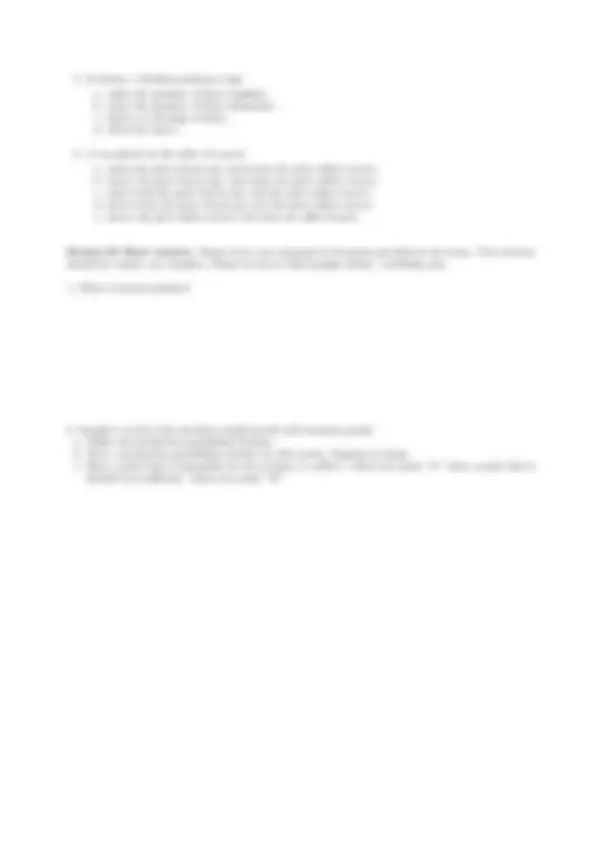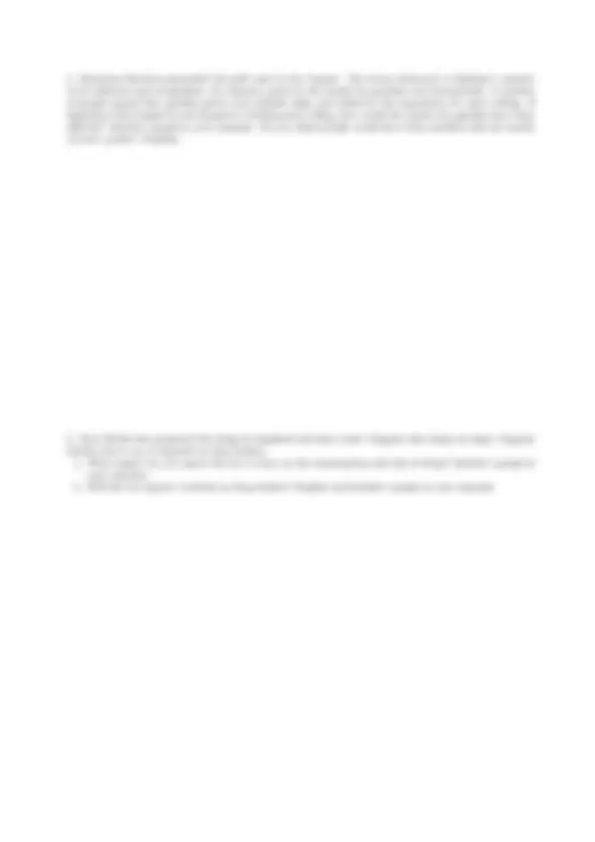





Study with the several resources on Docsity

Earn points by helping other students or get them with a premium plan


Prepare for your exams
Study with the several resources on Docsity

Earn points to download
Earn points by helping other students or get them with a premium plan
Community
Ask the community for help and clear up your study doubts
Discover the best universities in your country according to Docsity users
Free resources
Download our free guides on studying techniques, anxiety management strategies, and thesis advice from Docsity tutors
Material Type: Exam; Professor: Wilson; Class: Principles of Economics; Subject: Economics; University: Saint Louis University; Term: Fall 2006;
Typology: Exams
1 / 5

This page cannot be seen from the preview
Don't miss anything!




“Midterm” Exam I Friday, October 6, 2006 ECON-190 Principles of Economics
The exam consists of two sections. The first section consists of 9 multiple choice questions (27 points). The second section contains 5 short answer questions (48 points). All of your responses should reflect the perspective of an economist and the course material.
Please be reminded: by enrolling in this course, you have assumed the responsibilities of an active participant in Saint Louis University’s scholarly community. In this community, academic work and behavior are held to the highest standards of honesty and integrity. Cheating, fabrication, plagiarism, and helping others to commit these acts are all forms of academic dishonesty and are not acceptable. Academic misconduct may result in disciplinary action, including but not limited to, suspension or dismissal.
Good luck!
Section I: Multiple Choice. Please circle the most appropriate answer.